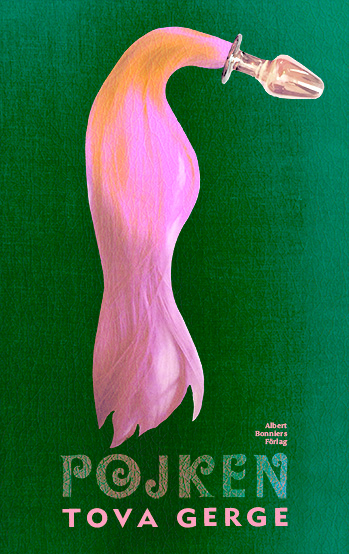Another project that came to an end and continuation this year was Someone You Trust, that premiered in Skogen in Gothenburg 23-25 november 2018, continued to develop at Cirkör Lab in Alby 18-19 January 2019, and will tour during 2019: 11-12 May to Skogen again via Textival’s festival Intimate Acts, 10-11 August to Gylleboverket‘s performance festival and 29 November-1 of December at Inkonst in Malmö.
Here is a trailer for The Watching Act:
Someone You Trust – The Watching Act, trailer from Tova G on Vimeo.
SHORT ABOUT SOMEONE YOU TRUST
Someone You Trust uses the practice of rope bondage to explore time, trust and consent. The performance is divided into two acts. The audience can choose to come to both of the acts or just one of them (whichever they prefer). If they come to The Participatory Act, they bring someone they trust, and follow recorded voice instructions for tying and being tied. If they come to The Watching Act, they come to a performance alone or in company /whichever they prefer) and watch Tova Gerge and Britta Kiessling follow instructions that are both similar to and very different from the instructions in the first act.
Both acts with and by:
text: Tova Gerge and Britta Kiessling
performers: Tova Gerge and Britta Kiessling
text eye and rope research: Christian Nilsson
sound: Elize Arvefjord
light, room, costume and mask: Josefina Björk
artistic support: Gabriel Widing och Ebba Petrén
Thanks to:
Everyone in the performing arts collective Nyxxx.
Everyone who helped us to develop the participatory act.
With the support of:
Japanstiftelsen, Längmanska kulturfonden, The Swedish Art’s Grant Committee, Cirkör LAB, c.off and Stockholm County Council
BACKGROUND TO SOMEONE YOU TRUST
The performance is a result of long preparation. Already in 2015, Nyxxx, Tova Gerge and Christian Nilsson invited the Berlin-based choreographers Dasniya Sommer and Frances D’Ath for a research week on performance and rope bondage. Nyxxx made a podcast in connection to that encounter.
Then in 2016, me and Christian Nilsson were given a traveling grant from Japanstiftelsen to study questions of intimacy in relation to the subculture of rope bondage established in Nagoya, Tokyo and Hamamatsu. We interviewed fourteen professional rope artists active in Japan, practicing what is known as shibari or kinbaku. It has a long, complex and international history connected to both art and pornography. The purpose of the interviews were to gather material for both theoretical and artistic writing. Because the interview material was so extensive, we got another grant from Längmanska kulturfonden to spread the results in different ways. This process is still ongoing.
There is also an even longer back story in mine and Britta Kiessling’s relation to shibari which is fairly long and diverse. Though we tie improvised patterns, we have studied with many teachers to be able to do what we do. Thus, a special thanks to Bergborg, Dasniya Sommer, Naka Akira, Hourai Kasumi, Kanna & Kagura, Gorgone, Pilar Aldea, Gestalta, Hedwig, Pedro and others, not least the ones who tied us or got tied by us.
